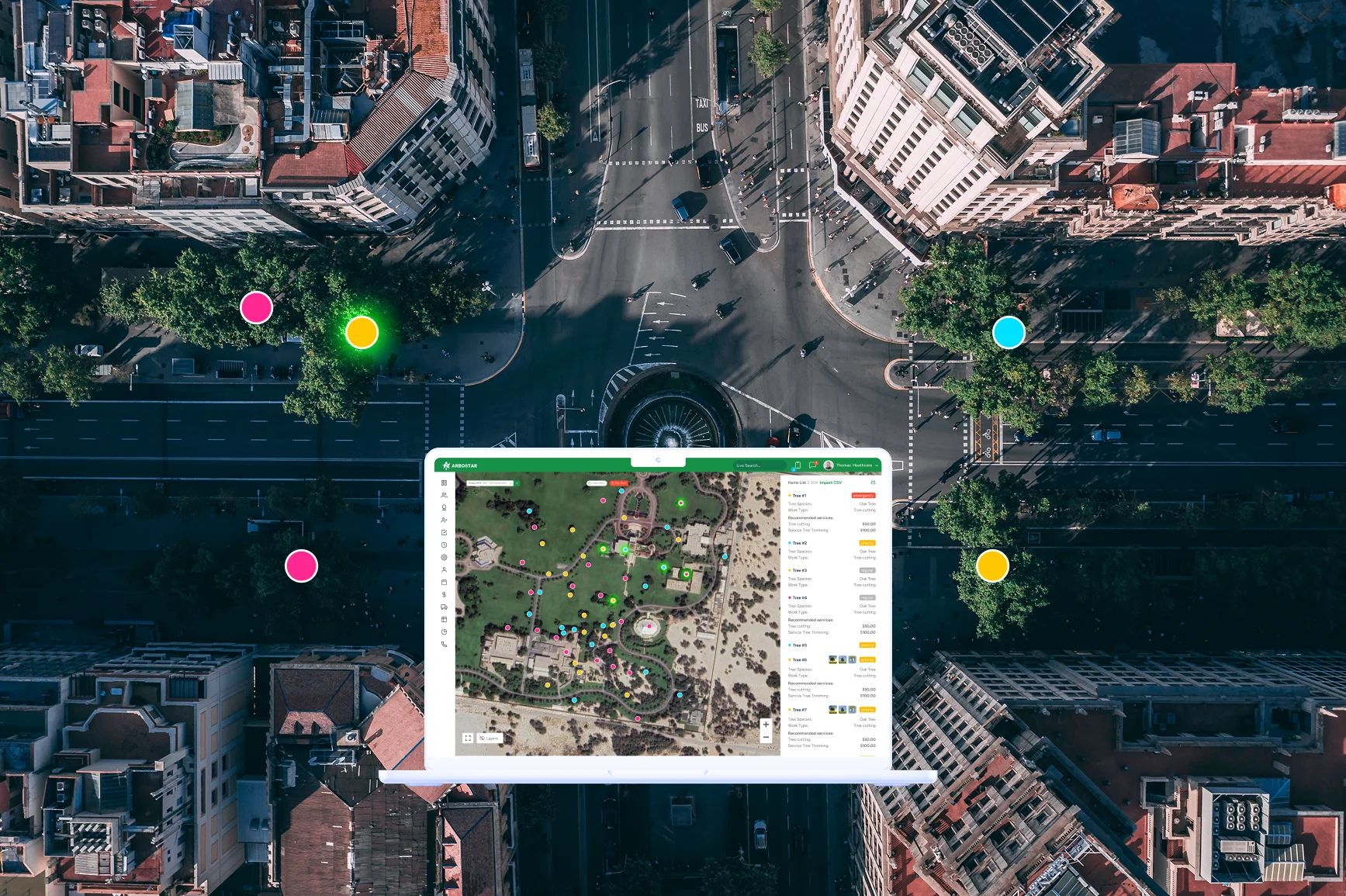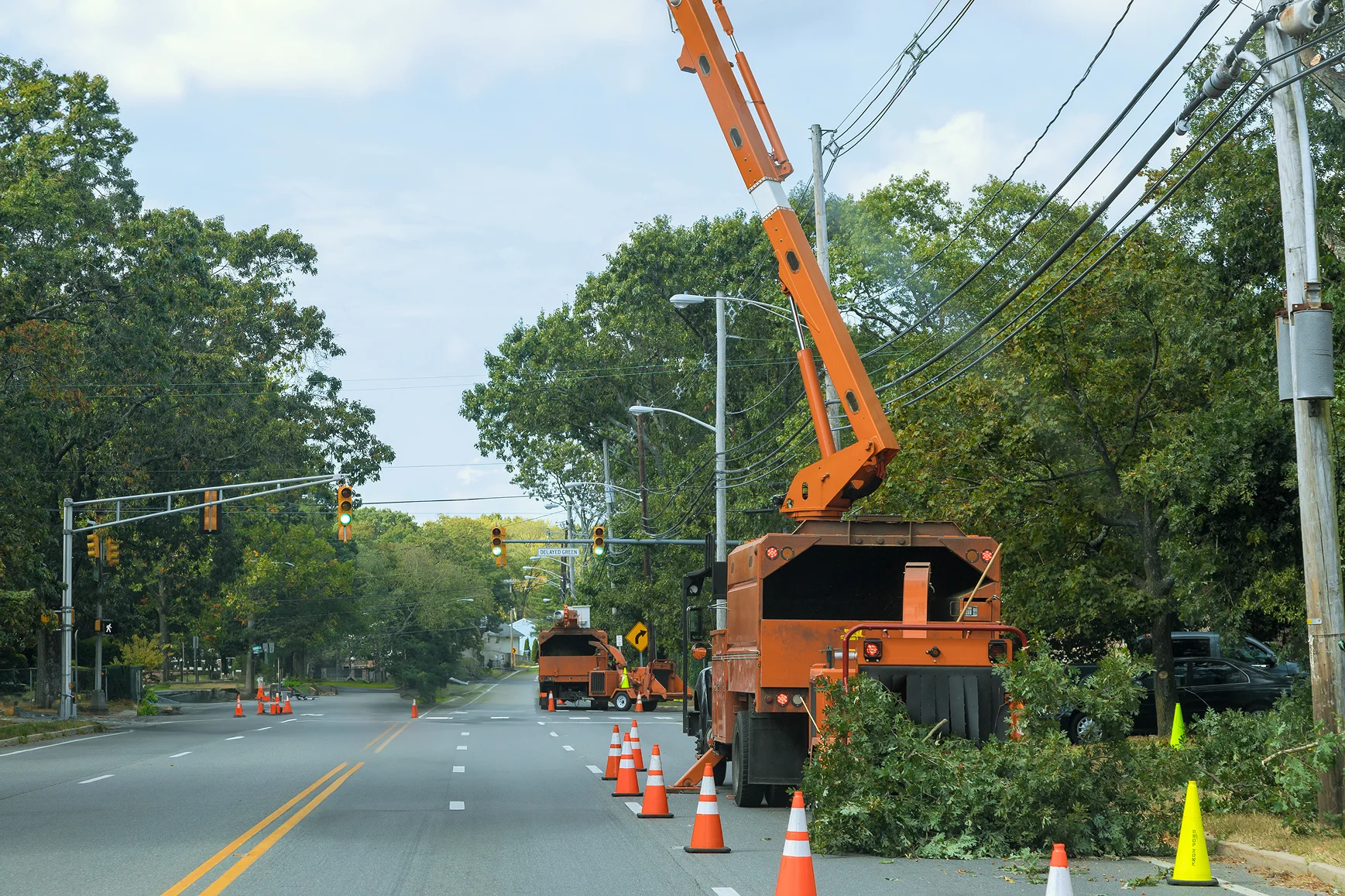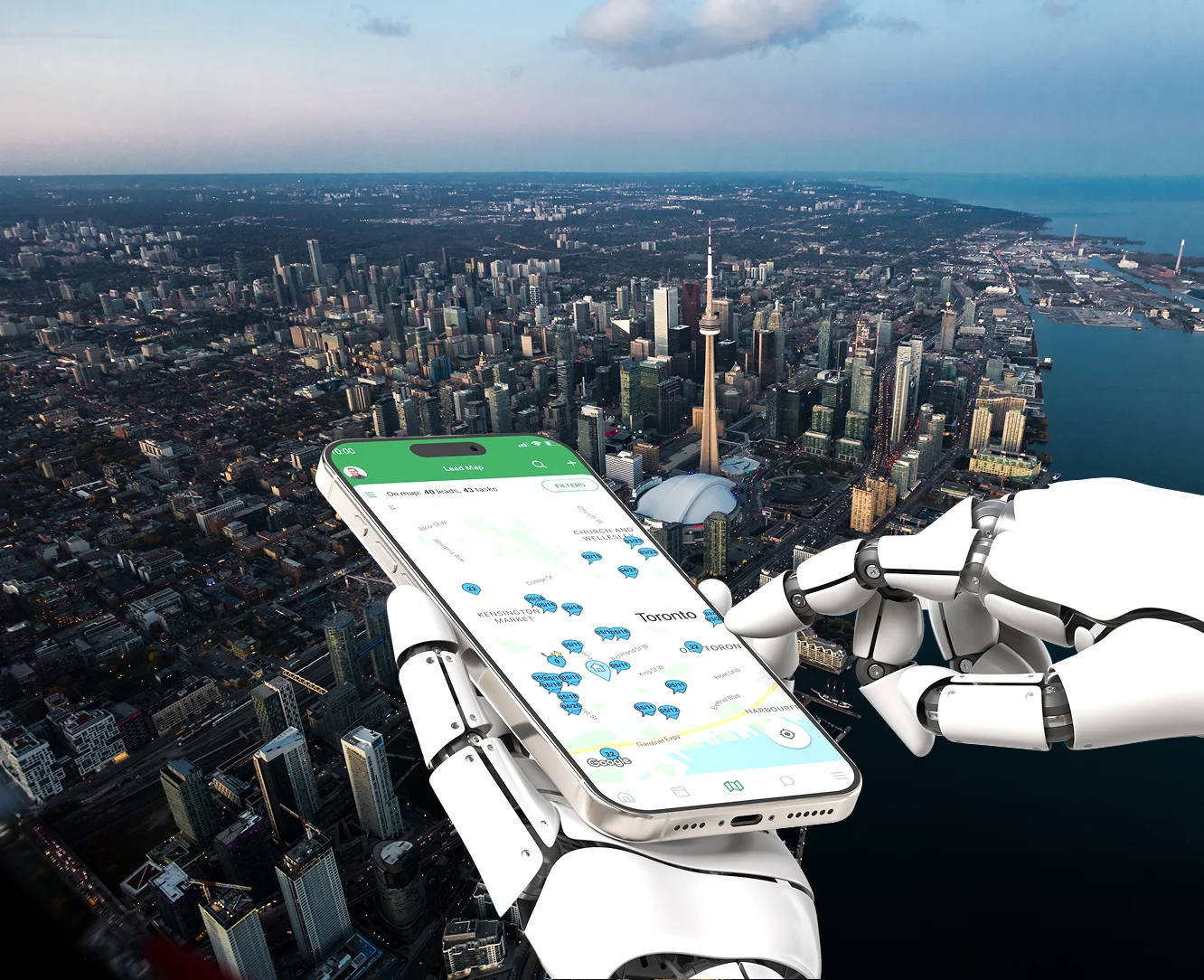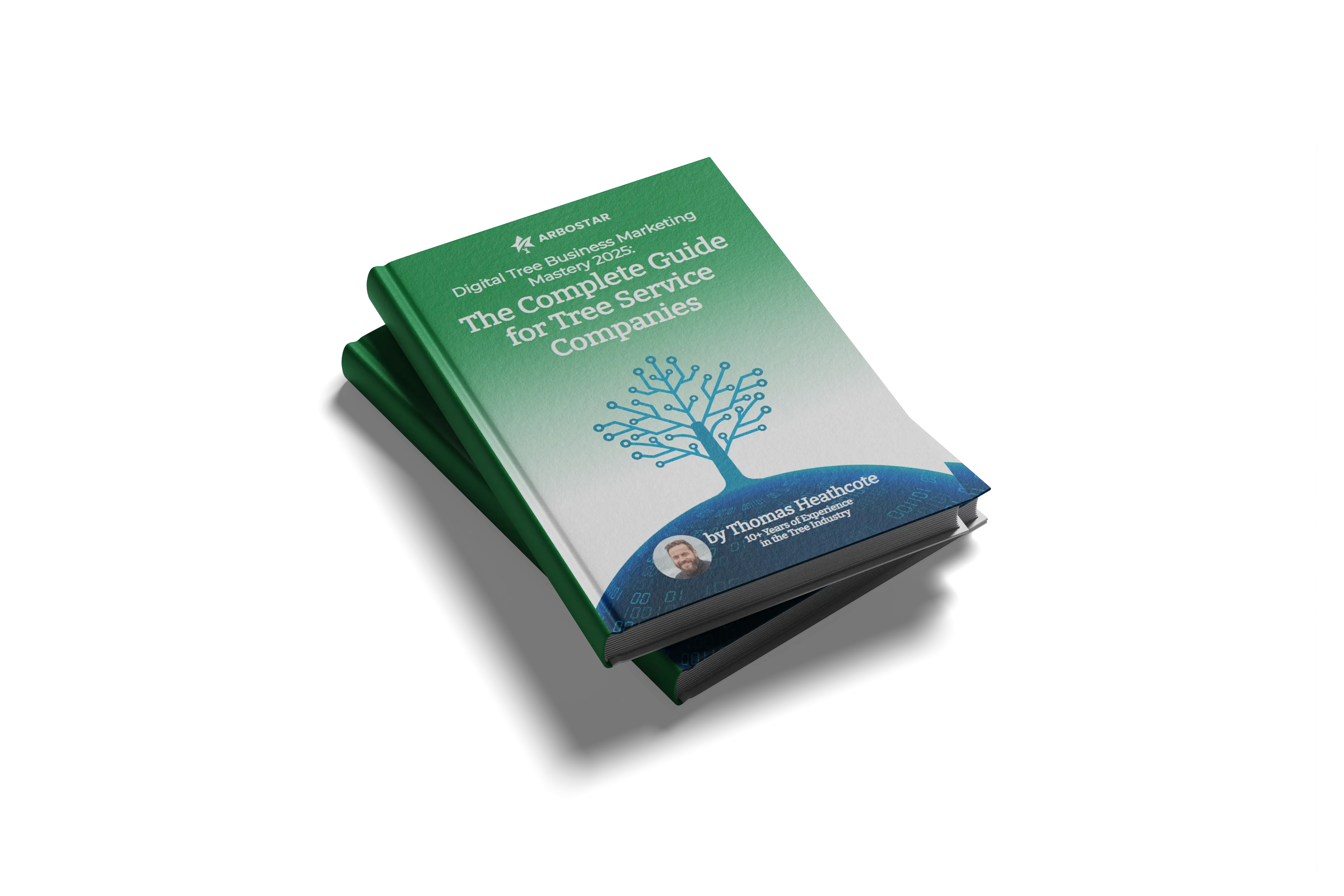Municipal Asset Management for Urban Forestry

The trees in your city aren’t just there for beauty – they’re valuable public assets that save lives, protect infrastructure, and increase property values. But managing thousands of living, growing trees is no easy task.
Instead of relying on paper maps or reacting to emergencies, cities are now using a smarter, data-driven approach called Municipal Asset Management. This method uses GIS, data analytics, and platforms like Arbostar to monitor every tree, measure its value, and plan for a healthier, more resilient urban forest.
Read on to see how modern city planning is transforming green spaces into measurable, sustainable infrastructure for the future.
Why Urban Forests Are Considered Municipal Assets
Trees are more than just decoration. They are important city assets that help keep people healthy, support infrastructure, and make the city more sustainable. Today, many cities manage trees like they do roads or utilities because they provide real public benefits. These benefits can even be measured. For example:
Public Health
Urban trees improve both mental and physical health. Just 15 minutes in green spaces can reduce stress and boost mood. Trees also clean the air – Kochi’s Subhash Bose Park trees remove around 125 kg of pollutants yearly, saving roughly ₹3.74 lakh in healthcare costs. Living near green spaces can reduce annual healthcare costs by hundreds of dollars per person.
Infrastructure and Climate
Plants can reduce residential energy use by an average of 7.2%, as we see from the research. Additionally, urban trees absorb between 15% and 27% of annual rainfall, helping to mitigate stormwater runoff and reduce flood risks.
Economic Value
Trees increase property values. For example, in Sacramento, homes with street trees added an average of $8,870 to their sale price and sold faster. Moreover, mature trees make neighborhoods look nicer and raise property values, making them valuable for both cities and homeowners.

The Role of Asset Management in Urban Forestry
So, city planning – we are here, where municipal asset management means tracking, maintaining, and investing in public resources. What is the goal? To get the most long-term value from them. Applied to green infrastructure, it treats trees, parks, and green roofs as living assets. They support the environment, public health, and the local economy.
Keeping accurate records of each tree’s location, condition, and needs, cities plan care ahead of time. Of course, there is another way – reacting to emergencies. But it is not so efficient.
One more option helps make smarter budget decisions – managing trees as assets. It shows how green solutions, like planting trees, can replace or complement traditional infrastructure.
Key Components of Urban Forestry Asset Management
Urban forestry asset management is an ongoing process of tracking, planning, and improving a city’s trees. It applies the same organized, data-based approach used for roads and utilities.
Tree Inventory and Data Collection
The base of city tree management is a detailed urban tree inventory. It turns a collection of trees into measurable assets by recording their location and key information.
| Data component | Purpose for asset management |
|---|---|
| Location (GIS/GPS) | Maps the tree as an asset, enabling visualization, work order routing, and spatial analysis to identify low-canopy areas. |
| Species and size (DBH) | Assesses population diversity (for resilience against pests/diseases) and estimates the tree’s current and future ecosystem benefits (e.g., carbon sequestration, stormwater interception). |
| Condition and health | Uses ratings (e.g., Good, Fair, Poor, Dead) to establish a tree’s current useful life and its Likelihood of Failure (PoF). |
| Maintenance history | Tracks all previous work, including pruning cycles, treatments, and cost, to inform future resource allocation and budget projections. |

Risk and Maintenance Prioritization
Asset management turns tree care from reactive to proactive, using data to guide decisions. The goal is to direct resources where they have the greatest impact while minimizing risk. Experts measure risk by how likely a tree is to fail and the potential damage it could cause.
High-risk tasks (removing dead trees near roads, for example) are handled first. Routine pruning and maintenance keep trees healthy and reduce the chance of expensive emergencies..
Budgeting and Lifecycle Planning
This step turns tree data management into a clear financial plan that supports sustainability. Foresters track each tree’s full lifecycle cost – from planting and routine care to eventual removal, noting that expenses tend to rise as trees mature.
Tools like i-Tree help quantify the benefits trees provide (energy savings, higher property values, and other economic gains). So, cities can plan for consistent funding, ensuring trees are properly planted, maintained, and preserved without gaps in the budget.

Reporting and Public Transparency
The final step is communicating results to both city leaders and residents. Modern GIS dashboards visualize key data – canopy cover, species diversity, planting rates, and the value of ecosystem services. Public maps and reports make spending transparent, helping build trust and encourage community involvement.
Technology in Urban Forestry Management
Digital tools, GIS mapping software, and mobile apps have replaced paper records, improving accuracy, efficiency, and coordination. An integrated digital system underpins modern urban forestry management:
Cities manage trees better by treating them as key assets and using smart data tools. GIS maps each tree, cloud systems store data, and mobile apps help crews track and update work on-site efficiently.
Benefits of Asset-Based Approach to Urban Trees
When cities treat urban trees as vital public assets, they can manage them effectively, reduce risks, and maximize benefits using data-driven tools and proactive strategies.
-
GIS-based tree inventories identify and address high-risk trees, while mapped data speeds up post-storm recovery, improving safety.
-
Accurate data justifies funding, supports long-term planning, and shows how proactive care prevents costly emergencies.
-
Tools like i-Tree quantify benefits like cleaner air and reduced runoff, guiding strategic planting for lasting impact.
-
Publicly accessible tree data fosters trust, raises awareness, and encourages residents to advocate for urban green spaces.
Challenges Municipalities Face
Many cities struggle to manage urban trees effectively. Limited budgets, outdated data, and fragmented responsibilities often prevent communities from realizing the full environmental and economic benefits of their trees.
| Challenge | Key issues | Impact |
|---|---|---|
| Limited budgets & competing priorities | Tree care is deprioritized; reactive maintenance; short-term projects take precedence | Weaker trees, higher long-term costs |
| Outdated or incomplete inventories | Partial or old records; missing species/condition data; paper-based collection | Difficulty prioritizing work, planning replacements, quantifying tree value |
| Fragmented data & departmental silos | Multiple departments with separate systems; conflicting priorities | Uncoordinated work, reduced tree health, stalled long-term strategies |
FAQ
What is municipal asset management in urban forestry?
Municipal asset management treats urban trees as vital infrastructure, applying the same planning and budgeting as roads or utilities. It aims to maximize benefits, reduce risks, and manage trees cost-effectively throughout their full life cycle.
How does tree inventory support asset management?
A tree inventory makes the urban forest a measurable asset, recording species, size, age, location, and condition. It guides maintenance, budget planning, and long-term strategies to keep the canopy healthy and resilient.
What technology helps cities manage tree assets effectively?
Modern urban forestry uses GIS, mobile apps, and LiDAR to map, monitor, and update tree data in real time. Tools like i-Tree assign economic value to ecosystem services, helping cities plan, maintain, and invest efficiently.
How can municipalities calculate the value of urban trees?
Cities assign monetary value to trees’ ecological and social benefits to guide funding and planning. Tools like i-Tree estimate annual ecosystem services, while methods like CTLA or CAVAT calculate replacement costs for budgeting and insurance.
Why is data transparency important in public tree management?
Public tree data boosts trust and community engagement, letting residents track funding, participate in planning, and support urban forest protection.

Final Thoughts: Building Smarter, Greener Cities
Modern technology, including GIS, LiDAR, and platforms like ArboStar, allows precise tracking of tree species, health, and canopy cover. This data supports proactive maintenance, extends tree lifespans, and reduces emergency costs. AI-powered mapping, automated scheduling, and analytics optimize budgets while enabling public transparency, fostering community engagement. Treating trees as living, quantifiable assets helps cities build healthier, more resilient, and equitable urban environments.




